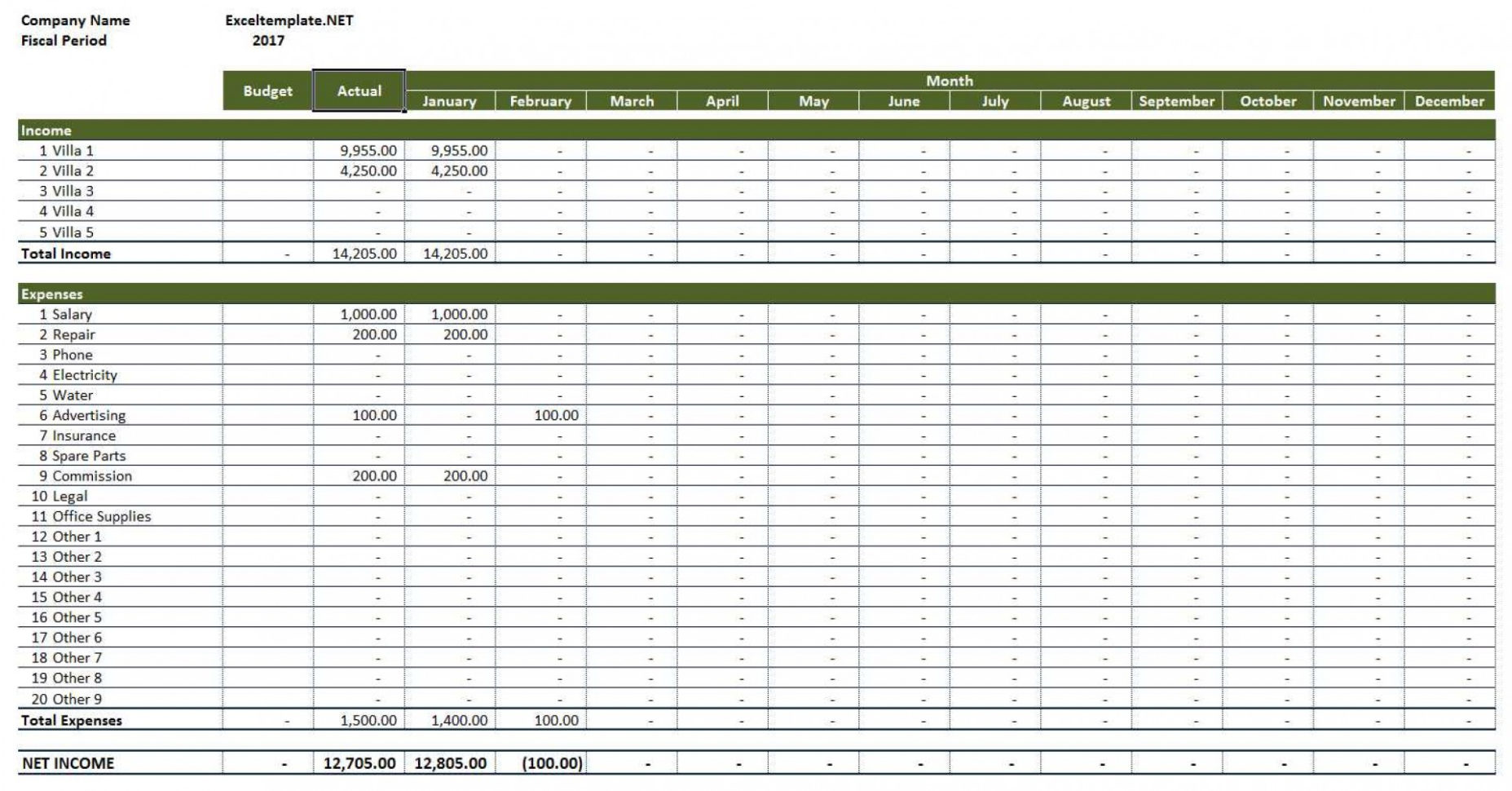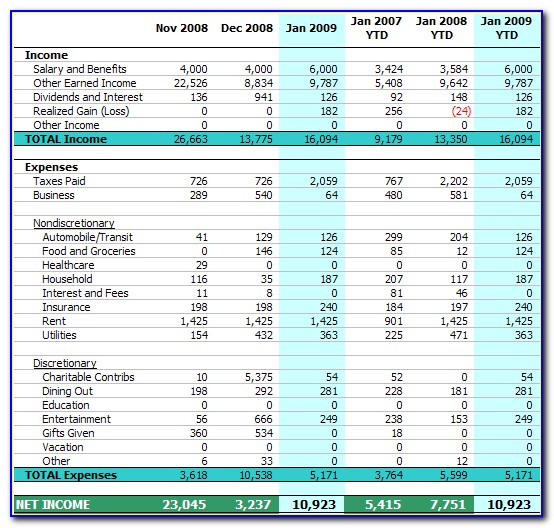
The psychiatrist Alan Teo first characterized hikikomori in Japan as modern-day hermits, while the literary and communication scholar Flavio Rizzo similarly described hikikomori as "post-modern hermits" whose solitude stems from ancestral desires for withdrawal. no apparent physical or mental etiology to account for the social withdrawal symptoms.social withdrawal symptoms causing significant functional impairment,.marked and persistent avoidance of social situations, and social relationships,.spending most of the day and nearly every day confined to home,.During a diagnostic interview, trained clinicians evaluate for: More recently, researchers have developed more specific criteria to more accurately identify hikikomori. The psychiatrist Tamaki Saitō defines hikikomori as "a state that has become a problem by the late twenties, that involves cooping oneself up in one's own home and not participating in society for six months or longer, but that does not seem to have another psychological problem as its principal source". The Japanese Ministry of Health, Labour, and Welfare defines hikikomori as a condition in which the affected individuals refuse to leave their parents' house, do not work or go to school and isolate themselves away from society and family in a single room for a period exceeding six months.


Estimates suggest that half a million Japanese youths have become social recluses, as well as more than half a million middle-aged individuals.


Hikikomori have been described as loners or "modern-day hermits". The concept is primarily recognized only in Japan, although similar concepts exist in other languages and cultures. Hikikomori refers to both the phenomenon in general and the recluses themselves. Hikikomori ( Japanese: ひきこもり or 引きこもり, lit."pulling inward, being confined"), also known as severe social withdrawal, is total withdrawal from society and seeking extreme degrees of social isolation and confinement. A young Japanese man living as a hikikomori in 2004


 0 kommentar(er)
0 kommentar(er)
